2019 BMW R1250GS and R1250RT With ShiftCam VVT Announced - Motorcycle.com
2019 BMW R1250GS and R1250RT with ShiftCam VVT Announced
After CARB filings and a leaked video tipped the world about their existence, BMW has officially announced the 2019 R1250GS and R1250RT featuring a 1254cc Boxer engine with a “ShiftCam” variable-valve timing system.
The new engine is BMW’s first application of VVT on a motorcycle, joining the likes of Honda, Kawasaki and, more recently, Suzuki and Ducati, in introducing some form of the technology. BMW’s iteration uses a single intake camshaft with two cams per valve with an actuator sliding the camshaft laterally to select which set of cams is in use. The smaller partial load cam imparts a reduced lift to the intake valves for improved fuel consumption and refinement at low revs. At higher engine speeds, the larger cams kick in, maximizing valve lift for optimal performance.
The R1250 models are 84cc larger than the previous 1170cc engine on the R1200 bikes. The larger displacement was achieved by increasing the cylinder bore to 102.5 mm from 101 mm, and the stroke to 76 mm from 73 mm.
BMW also introduced a slight phase shift to the intake valves so that they open to different degrees in a staggered order. This creates a swirl effect to air-fuel mixture for more efficient combustion. The R models continue to use a mix of air and liquid cooling with cooling fluid targeting the cylinder heads.
According to BMW, these changes combined increase torque across the rev range topping out at a claimed 105.5 lb-ft at 6250 rpm (the previous engine claimed 92.2 lb-ft.). BMW also boasts an increase in power output, claiming 134 hp at 7750rpm, compared to the R1200 engine’s claim of 123 hp. The changes also result in a 100-rpm reduction in idling engine speed, lower emissions levels, and, says BMW, optimized sound and 4% lower fuel consumption.
The 2019 Boxer engine also introduces a second knock sensor which allows for fuel with an octane rating lower than RON 95 (which is equivalent to 91 in the U.S.) The exhaust system was also redesigned with a new shape, length, and diameter. A closed-loop catalytic converter with an oxygen sensor helps manage emissions to meet future requirements such as the Euro 5 standards which go into effect in 2020.
BMW updated the clutch with an anti-hopping mechanism to reduce brake torque transferred to the rear wheel and improve stability when braking.
For 2019, the R1250GS and R1250RT come standard with two engine modes, “Rain” and “Road”, plus traction control and hill start control. Of course, various ex-works packages can add additional engine modes, more advanced ABS Pro, and a new automatic hill start control that activates when the brake controls are activated after coming to a stop on a grade of +/- 5%.
What remains to be announced are the new R1250GS Adventure, R1250R and R1250RS which have been certified by CARB. Beyond the engine, the R1250GS and R1250RT receive some minor updates, and we suspect the rest of the R models will be announced later with more substantial changes.
2019 BMW R1250GS
The 2019 BMW R1250GS comes standard with a new LED headlight, a 6.5-inch TFT screen. The standard GS will come in two colors, Blackstorm Metallic or Cosmic Blue metallic. Both come with gold-colored fork tubes, Granite Grey metallic matt cast wheels, black subframe, silver frame, and silver drivetrain. Additionally, BMW will offer two higher-end variants, the Exclusive and the HP.
The R1250GS Exclusive (pictured above) is painted a Blackstorm metallic/Night Black color scheme with an Agate Grey metallic matt frame, black subframe, black matt drivetrain, a black anodized handlebar, cast Night Black wheels and black anodized Telelever fork tubes. Other touches include gold-colored brake calipers and a stainless steel radiator guard.
The R1250GS HP comes with a Light White/Racing Blue Metallic/Racing Red paint job with white frame, black matt engine, black Telelever tubes, and black handlebar. The HP model also comes standard with wire spoke wheels and gold-colored brake calipers.
The GS HP can also get upgraded to an optional sports suspension designed for off-road performance. The upgrade (which is only available with the Dynamic ESA option) adds longer struts with increased spring rate. The longer suspension increases the seat height to 35.4 inches compared to the standard seat height of 33.5-34.3 inches (a lower 31.5-inch seat is also available).
2019 BMW R1250RT
The R1250RT receives a “next generation” version of BMW’s dynamic ESA electronic suspension as an x-works option. The revised suspension dynamically adjusts the suspension for different riding states for both the Telelever front suspension and rear spring. The suspension is set to “Road” mode by default, but riders can switch to either “Rain” or “Dynamic” modes.
Standard features include a 5.7-inch TFT screen with an analog speedometer and rev counter and a two-level seat that is adjustable between 31.7 and 32.5 inches. Additionally, BMW offers a lower seat option (adjustable between 29.9-30.7 inches) and a taller option (between 32.7 and 33.5 inches).
The 2019 BMW R1250RT is available in the standard colors Alpine White, the Option 719 Spezial Blue Planet Metallic and the Option 719 Sparkling Storm metallic, plus the more exclusive Sport and Elegance styling options.
The R1250RT Sport is painted a Mars Red metallic/Slate Dark metallic matt color with Agate Grey metallic matt cylinder head covers. The Sport also adds a shortened windscreen, Asphalt Gray metallic wheels, black-coated drivetrain, and gold brake calipers.
The R1250RT Elegance comes in a Carbon Black metallic finish with Silver metallic wheels and Aluminum Silver metallic drivetrain and gold calipers.
BMW Communities
More by Dennis Chung



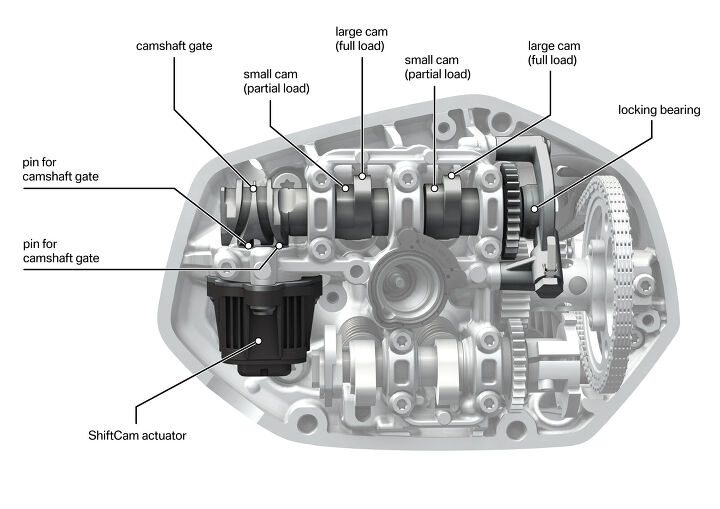































































































































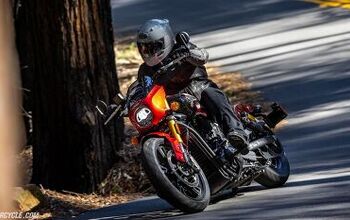

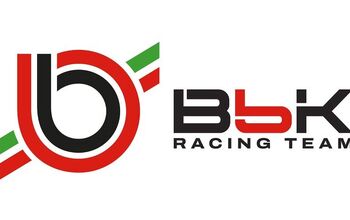


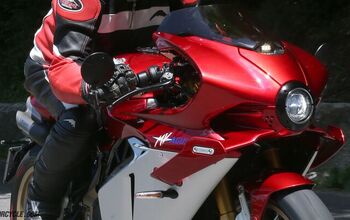

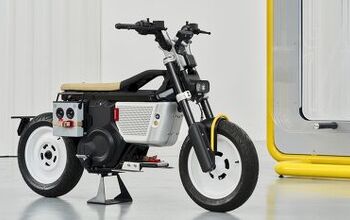
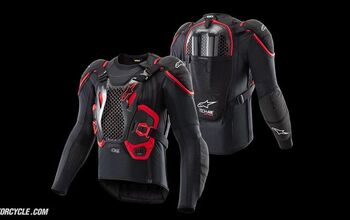

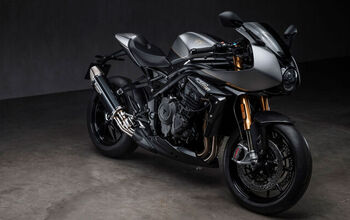




Comments
Join the conversation